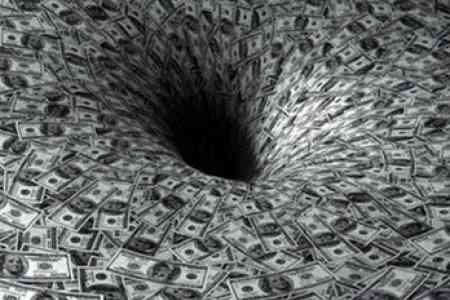


ArmInfo. As of October 30, 2019, the unclaimed balance under external loans of Armenia amounted to $ 1.43 billion, the Ministry of Finance of the Republic of Armenia reported to ArmInfo.
Thus, under the concluded international agreements, credit programs worth $ 466 million in the field of road construction are awaiting, energy received $ 422 million less funding, agriculture and irrigation - $ 153 million, education - $ 73 million, public sector reforms - $ 66 million, water supply - $ 10 million. In other fields programs amounting to $ 173 million are awaiting implementation.
Are expectations worse than reality? The other day, at a final press conference, Minister of Finance Atom Janjughazyan admitted that due to the low level of fulfillment of targeted credit programs by the end of 2019, the level of public debt will be lower than the level set in the RA Law "On the State Budget for 2019". According to Janjughazyan, as part of the medium-term spending program for 2019-2021, the financial authorities forecasted a gradual decrease in government debt to 50% of GDP. The republic was expected to close the year 2019 with a debt above this mark. Meanwhile, it is already clear today that by the end of this year, government debt will be slightly more than 49% of GDP, and in 2020 it is expected that the figure will reach about 48.2%. "Armenia continues to be a country with a low debt burden," the head of the Ministry of Finance stated.
In particular, it was expected that the republic will close this year with a state debt of $ 7.423bn (3.612 trillion drams, the rate of the Armenian dram to the dollar - 486.55 AMD) or 53.5% of GDP. Government debt was projected at $ 6.9 billion, or 49.8% of GDP. Meanwhile, according to the expectations laid down in the Law on Public Debt for 2020, the state debt of the Republic of Armenia by the end of 2019 will amount to $ 7.3 billion or 53.2% of GDP, and the government debt - $ 6.8 billion or 49.6% of GDP.
Thus, over the three quarters of this year, the actual implementation of capital expenditures amounted to about 39%. Of the planned about 250 billion drams of capital expenditures for 9 months of 2019, the actual figure amounted to only 71.1 billion drams (against 184 billion drams). That is, the underfulfillment of credit and grant programs reaches about 61.1%.
Despite the fact that the funds remain unclaimed, the republic continues to pay the so-called commitment fees. In 2018, Armenia paid a fee of $ 2 million through undeveloped part of loans in the amount of $ 1.5 billion. In January-September of this year, $ 972 thousand were already paid as a commitment fee.
It seems that everything is fine, but something is wrong:
As the former Minister of Finance of Armenia Vardan Aramyan stated earlier, the strictly conservative approach of the government in the implementation of capital expenditures may be a positive phenomenon at first glance, since it formally leads to the preservation or reduction of the amount of public debt, but in the long run it jeopardizes the potential for economic growth. In fact, it is capital investments that provide the maximum multiplier effect for sustainable economic growth, since these funds, budgetary and credit, are directed to infrastructure projects, such as road construction, irrigation and reservoir systems, and the energy sector. Thus, according to the calculations of the economic team of the Luys Foundation, of which Aramyan is a member of the coordinating council, non-fulfillment of capital investments of 1.1% "fines" the potential for GDP growth by 0.3 percentage points.
That is, according to experts' calculations, if in 2019 the non-fulfillment of capital investments reaches about 65 billion drams (or in the amount of 1.1% of GDP), then next year the economic growth will be lower than the planned level by 1.1 percentage points. In subsequent years, regardless of the level of investments made, annual GDP growth rates will be lower by an average of 0.3 percentage points. According to experts of the Fund, the reduction in government investment leads to a reduction in capital stock (for example, to deterioration of the condition of roads, irrigation systems and other infrastructures), which negatively affects the productivity of the economy, reducing the profitability of investments, in particular due to additional costs with business entities. In addition, a reduction in private and public investment leads to a reduction in productivity and labor demand. The decrease in government spending also reduces export volumes - investment returns are reduced, total factor productivity is reduced, which leads to a loss of competitiveness of domestic producers in foreign markets.